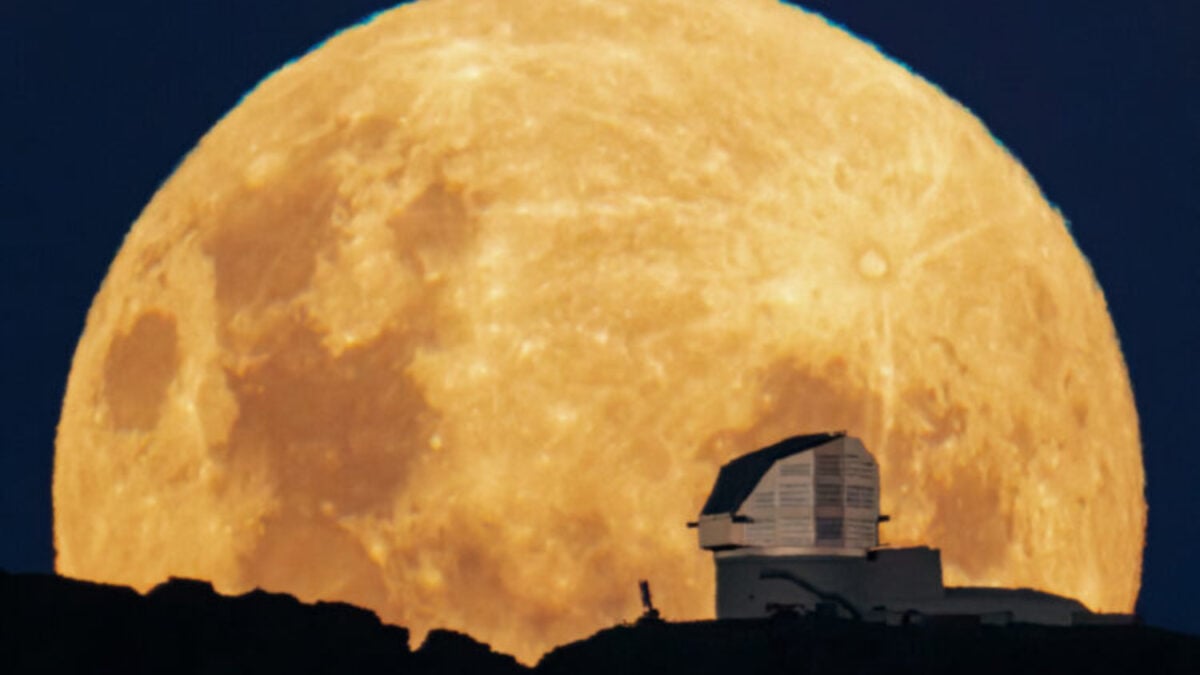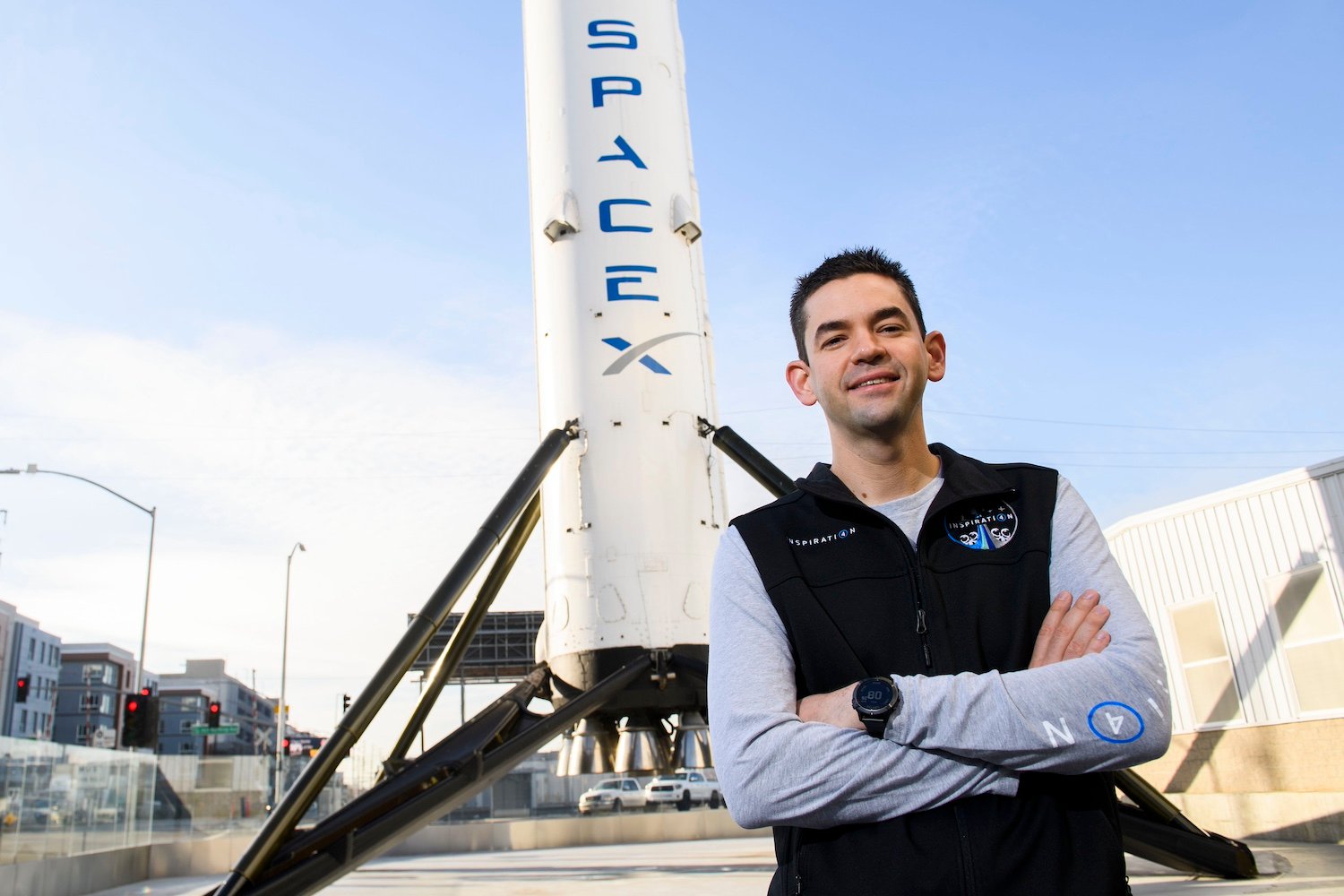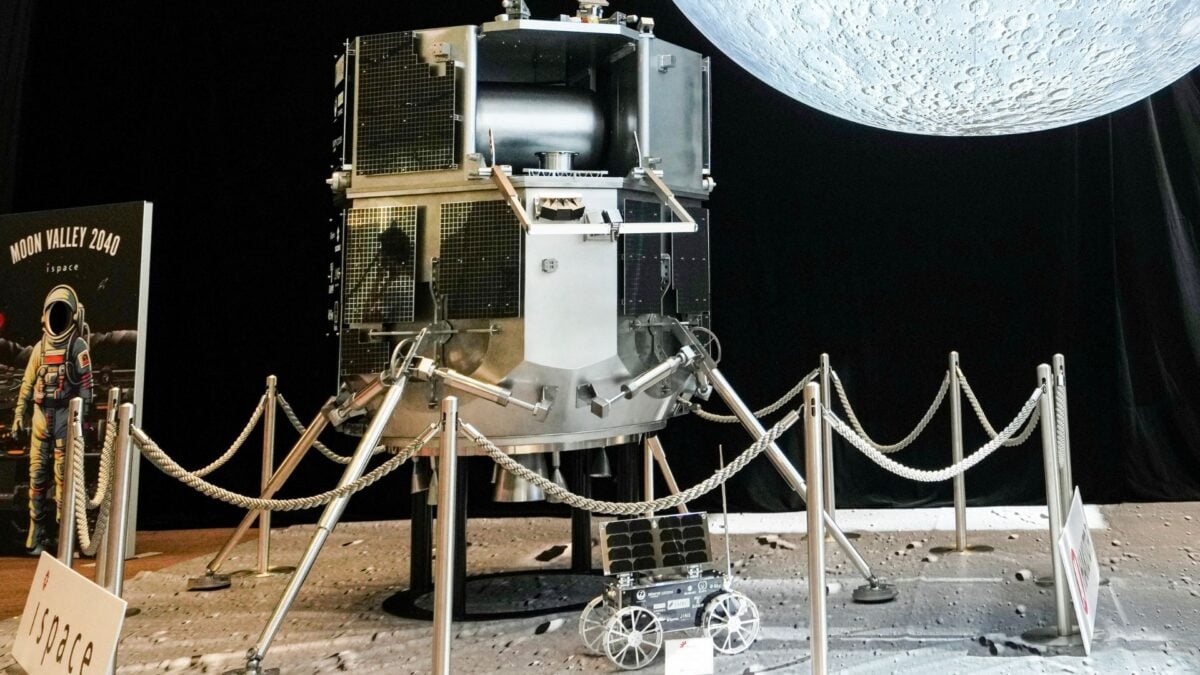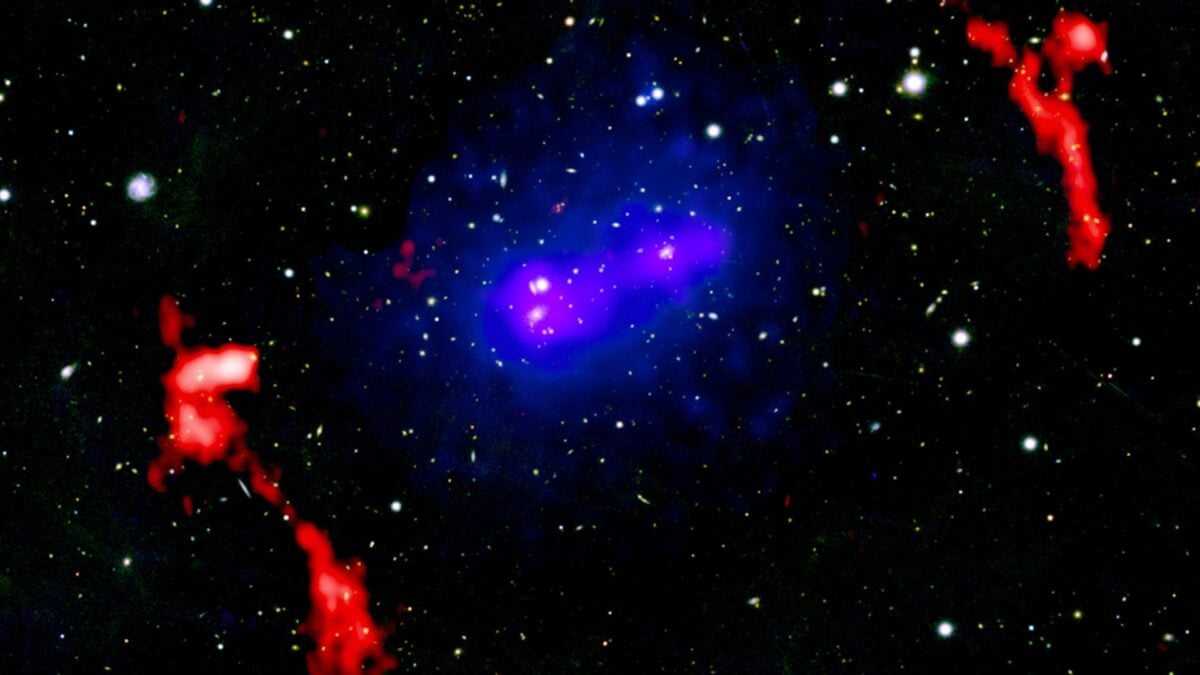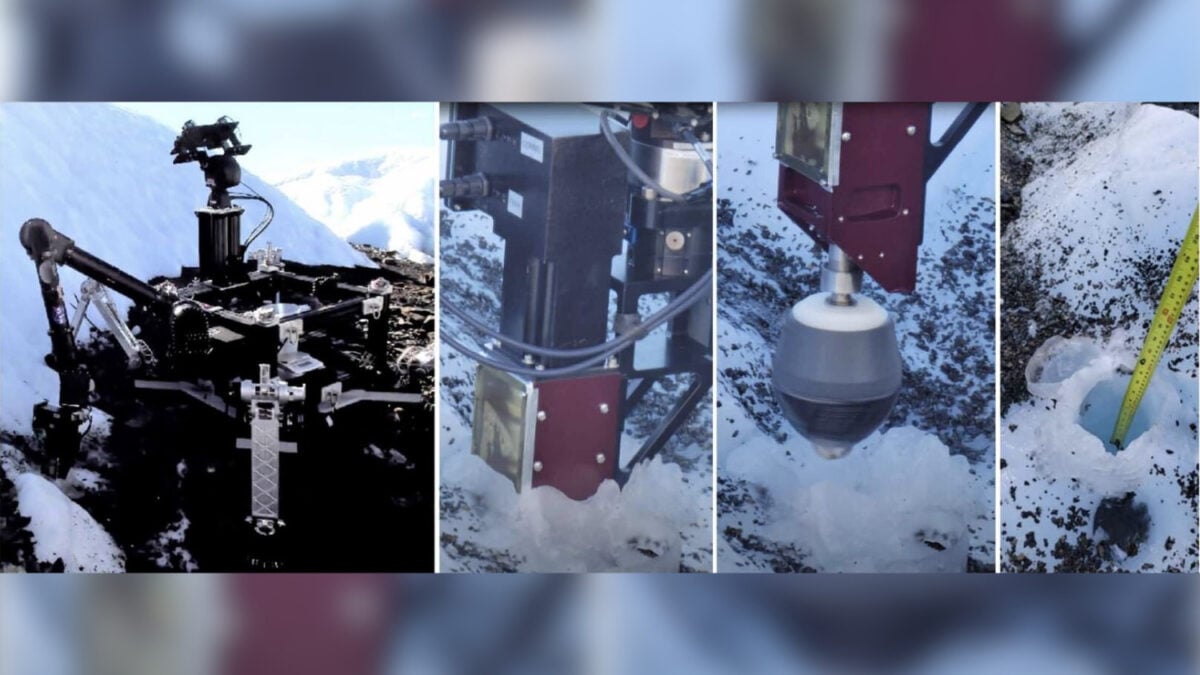A groundbreaking observatory in the Chilean Andes, the Vera C. Rubin Observatory, is poised to dramatically expand our understanding of the solar system. Scientists anticipate its impact will be akin to upgrading from a black-and-white television to stunning 4K color. This National Science Foundation and Department of Energy project is scheduled to commence operations later this year, promising an unprecedented look at the cosmos.
Unveiling the Cosmos: The Power of the LSST Camera
The Vera C. Rubin Observatory’s core strength lies in its unparalleled technology. It is equipped with the largest digital camera ever constructed for astronomy—a 3.2-gigapixel marvel known as the LSST Camera (Legacy Survey of Space and Time). This ultra-sensitive telescope system can scan an area of the sky approximately 45 times the size of the full Moon each night. Within a week, it can survey the entire visible night sky, and over its planned decade of operation, it will generate a vast cosmic time-lapse movie, accumulating around 20 terabytes of data every night. This wealth of information will be crucial for astronomers worldwide.
Sorcha Software: Predicting Rubin’s Astronomical Haul
To prepare for the deluge of data and anticipate the observatory’s findings, researchers led by Meg Schwamb at Queen’s University Belfast have developed Sorcha, an innovative open-source software program. Sorcha (Gaelic for “brightness”) is designed to predict the discoveries the Rubin Observatory is likely to make. It functions as the first end-to-end simulator for Rubin, modeling everything from the simulated photons of light from distant celestial bodies to the expected scientific insights derived from these observations. The papers detailing the Sorcha software and its predictions are available on the preprint server arXiv.
A New Catalog of the Solar System: Expected Discoveries
The projections made using Sorcha are nothing short of staggering. The Rubin Observatory is expected to triple the number of known near-Earth objects (NEOs), increasing the count from approximately 38,000 to an estimated 127,000. It is also predicted to detect ten times more trans-Neptunian objects (TNOs) than are currently cataloged. Furthermore, the observatory will provide colorful, detailed observations of over 5 million main-belt asteroids, a significant leap from the roughly 1.4 million known today. The data will also include vast numbers of other celestial bodies, such as an anticipated 109,000 Jupiter Trojans and 37,000 distant Kuiper Belt objects. Rubin will capture these objects in color and motion, revealing crucial details like their spin rates and surface compositions.
Transforming Astronomy and Enhancing Planetary Defense
These discoveries will have profound implications for science. “With this data, we’ll be able to update the textbooks of solar system formation and vastly improve our ability to spot—and potentially deflect—the asteroids that could threaten Earth,” stated Mario Juric, an astronomer at the University of Washington and a member of the Sorcha development team, in a university release. The detailed observations will help scientists piece together how our solar system formed and evolved, and will also assist space agencies in identifying and planning future missions to intriguing observational targets. The ability to identify millions of previously unknown asteroids and comets, some of which may pass uncomfortably close to our planet, significantly enhances planetary defense capabilities.
The Vera C. Rubin Observatory is set to revolutionize astronomy, offering an unparalleled deep dive into our solar system’s architecture and history. With the Sorcha code, simulated sky maps, and orbital animations now publicly accessible at sorcha.space, researchers can begin preparing for the transformative LSST data. The astronomical community eagerly awaits the first public images from Rubin’s “First Look” event, which are scheduled to be revealed on June 23, heralding a new era of cosmic exploration.



